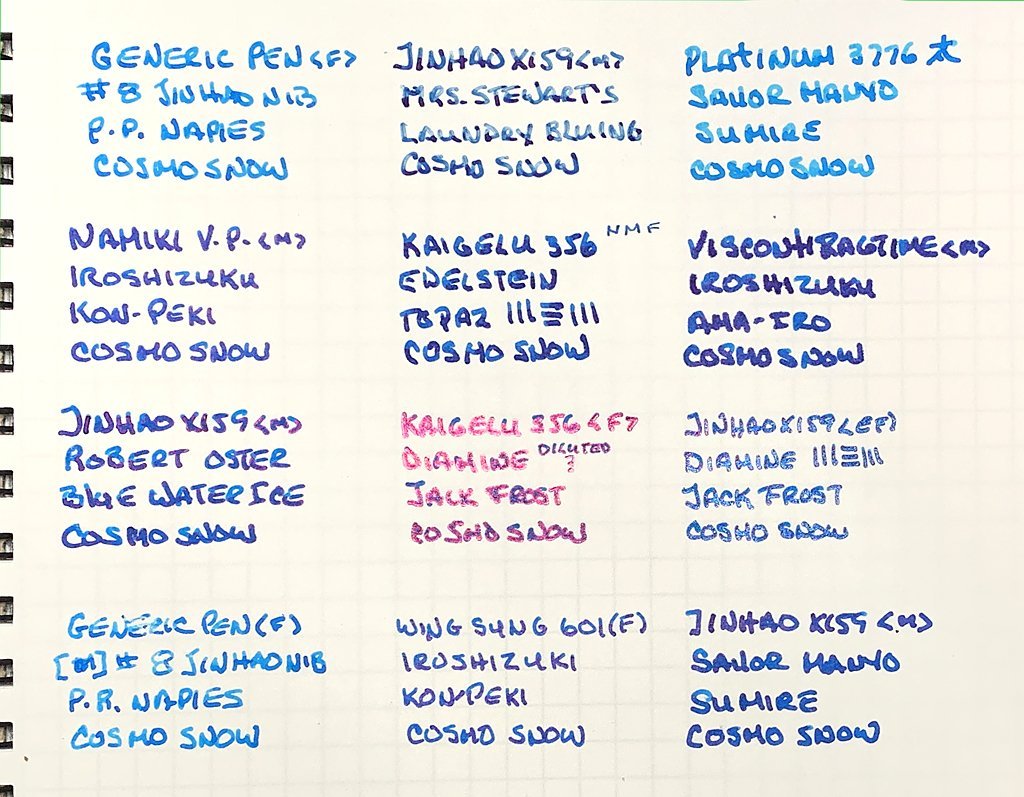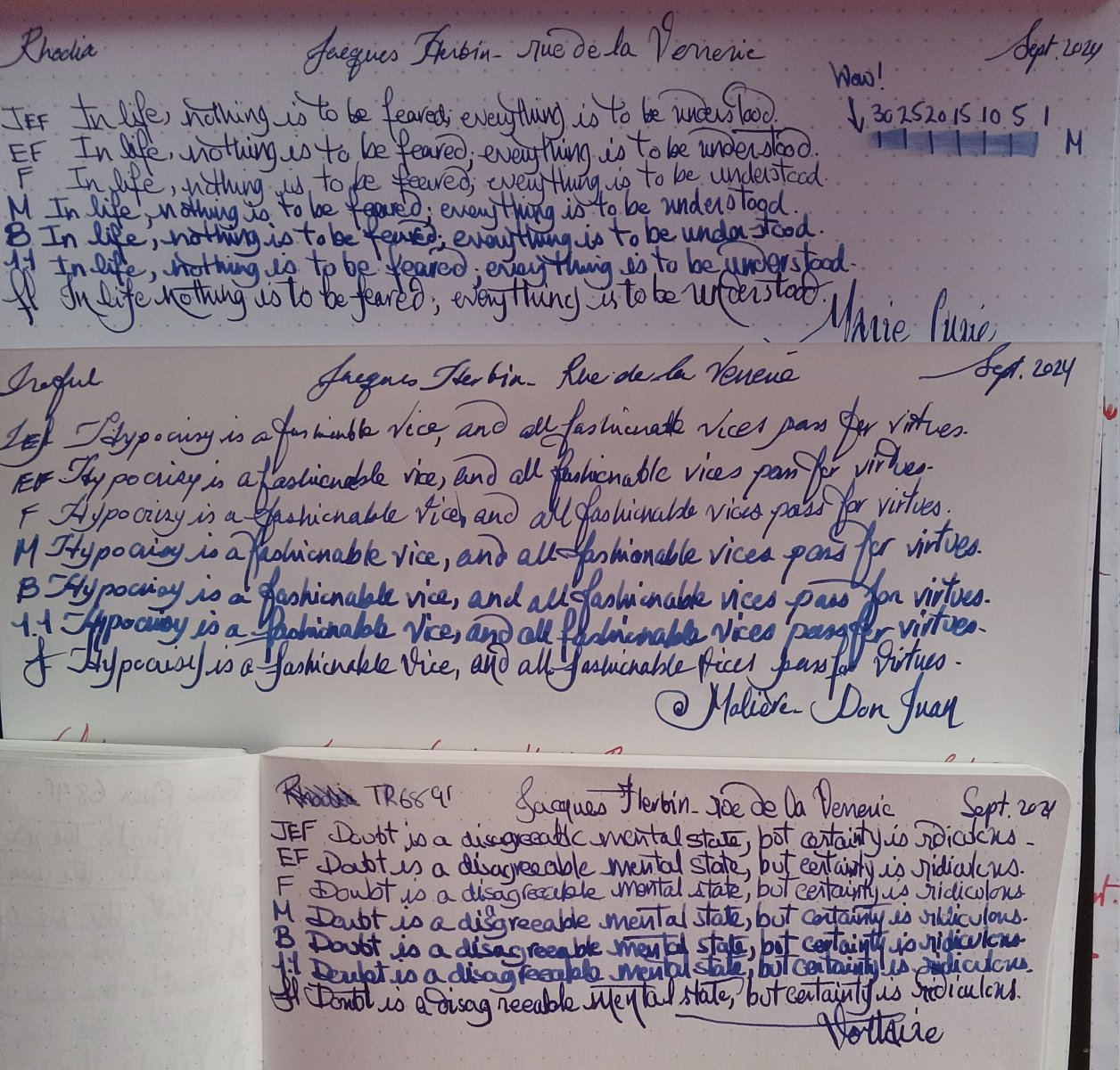Reliability of modern fountain pens
-
Forum Statistics
353.7k
Total Topics4.6m
Total Posts -
Member Statistics
126,533
Total Members2,585
Most OnlineNewest Member
Sheilasup
Joined -
Images
-
Albums
-
USG 3
- By USG,
- 0
- 0
- 80
-
OCArt #2
- By OCArt,
- 0
- 1
- 22
-
Sept-Nov 2024
- By yazeh,
- 0
- 0
- 53
-
MB Limited Editions
- By theodore94,
- 0
- 0
- 16
-
more
- By AmandaW,
- 3
- 5
- 70
-

















.thumb.jpg.f07fa8de82f3c2bce9737ae64fbca314.jpg)



.thumb.jpg.331e554113c33fb39d5bf3233878978a.jpg)
desaturated.thumb.gif.5cb70ef1e977aa313d11eea3616aba7d.gif)





Recommended Posts
Create an account or sign in to comment
You need to be a member in order to leave a comment
Create an account
Sign up for a new account in our community. It's easy!
Register a new accountSign in
Already have an account? Sign in here.
Sign In Now